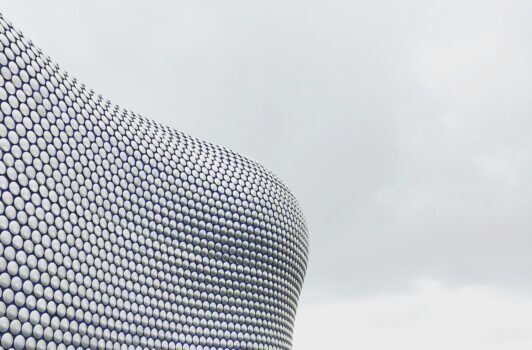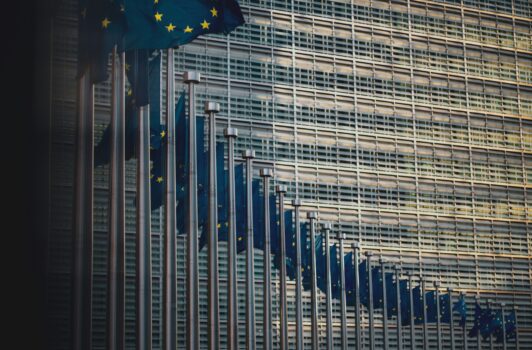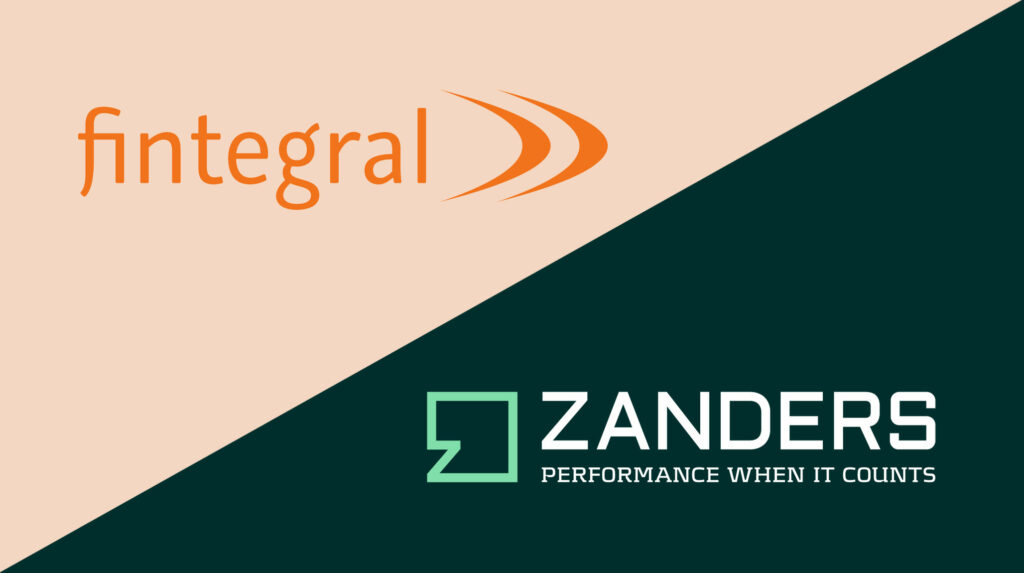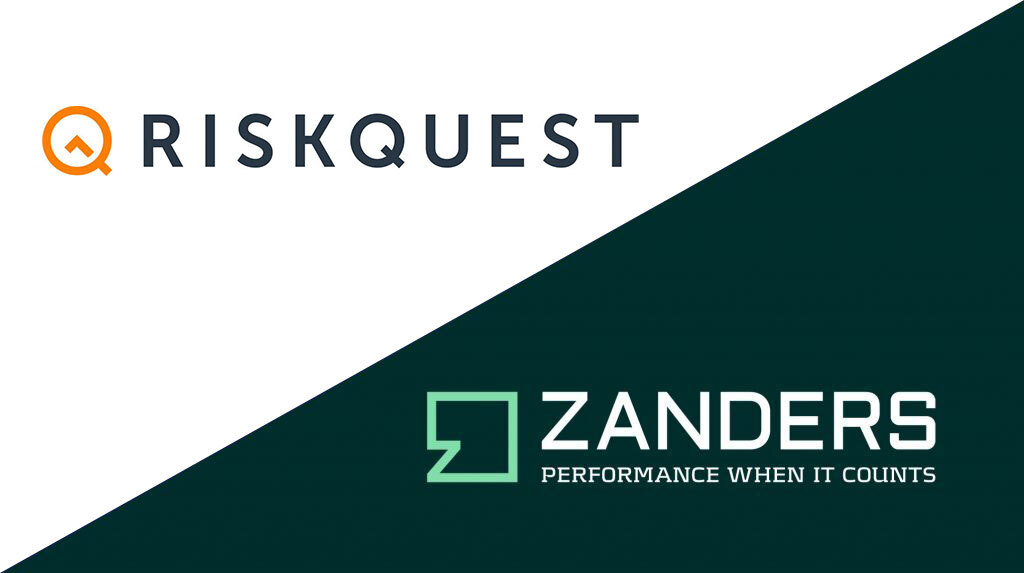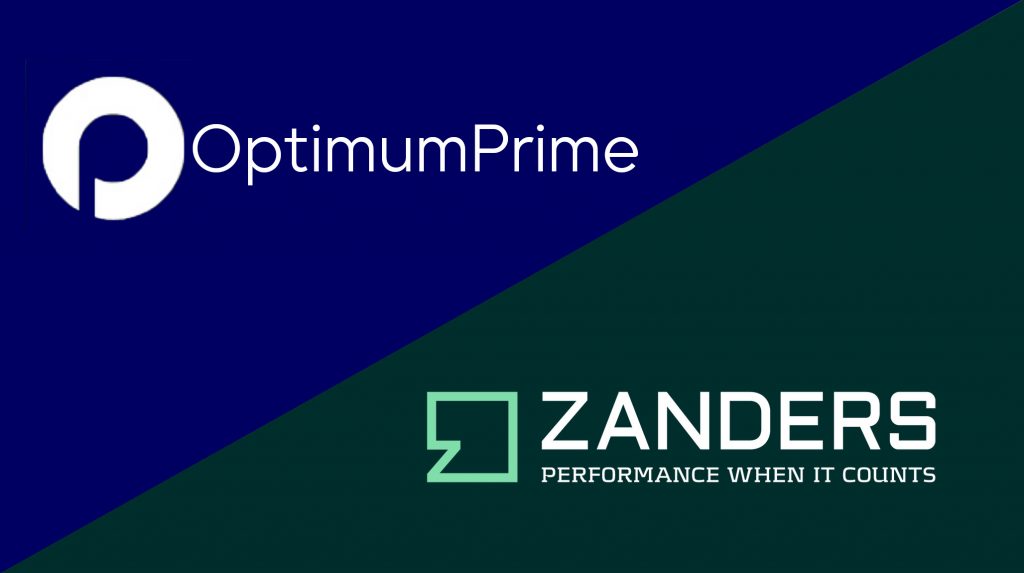In the Netherlands of the eighteenth century, a diverse range of regional funds was set up to reduce the risk of setbacks in certain professions or in vulnerable regions. Two national life insurance companies, De Nederlanden van 1845 and Nationale Levensverzekering-Bank, over the course of the nineteenth and twentieth centuries, took over many of these funds. In 1963, these two large insurance companies merged, creating Nationale-Nederlanden. Due to the strong financial position acquired by this new company, it continued to grow abroad, particularly in the United States. As of last year, the products supplied by the Dutch insurance company RVS, which was acquired in 1984, also form part of the Nationale-Nederlanden brand. Nationale-Nederlanden now has over five million private and commercial customers who are using a broad package of financial products and services, such as pension plans, life insurance, non-life insurance, and income insurance. Nationale-Nederlanden has recently also started offering bank savings products and mortgages.
Uncoupled
The idea of starting up a bank arose in response to market trends observed in recent years: the life insurance market continued to shrink, while the bank savings market, on the contrary, was expanding. Prior to this, Dutch insurance companies had been able to offer tax-related and wealth creation products for years. In 2008, a new legislative proposal eliminated the monopoly held by insurance companies on such products. This opened up a very lucrative market for banks. At the same time, Nationale-Nederlanden, which formed part of the huge ING enterprise, did not have the independence required to provide such bank savings products. Then the European Commission ruled that ING, with its government support, was required to uncouple its insurance business from its banking operations. This meant that offering bank savings products became an attractive possibility. At the same time, it made it possible to offset the increasingly contracting life insurance portfolio with the new bank savings portfolio.
“While we had a financial background as an insurance company, we did not have a banking background,” says Peter Verberne, CFRO of the Nationale-Nederlanden Bank. “Banking is completely different from insuring. The complexity associated with banking requires proper management. This is why we asked Zanders to advise and guide us in this area. For example, when the time came for us to apply for permits from De Nederlandsche Bank (DNB), after we had developed our bank savings products. “The earning model for a bank requires you to have sufficient size in order to be viable and operate with a profit.”
The consultants [from Zanders] developed the bank’s risk management system for us. This made the complex risk management subject matter very transparent and tangible without detracting from its complexity.
Peter Verberne, CFRO of the Nationale-Nederlanden Bank

Volume Ahead of Profit
The collaboration with Zanders started approximately two years ago. In June 2011, DNB granted Nationale-Nederlanden permission to start up a bank. Finally, after making provisions for the legislated capital requirements, the company opened up its banking savings products counter in the third quarter of 2011. The new bank commenced by offering golden handshake-related products and products for the annuity market.
At that point, Nationale-Nederlanden, as a bank, was also required to start offering credit products on the Dutch market. This resulted in the creation of the Nationale-Nederlanden Bank’s mortgage arm in the first half of 2012.
Verberne says: “This is an entirely different discipline from collecting savings. We therefore prepared a number of acceptance criteria and adjusted the risk management system to incorporate the risks that apply to the granting of loans. The program that emerged from this has been used for providing mortgages since the third quarter of 2012.” The management of the core mortgage lending processes was contracted out to a third party.
“However, as an entity, you must look after the risk management process in-house,” Verberne continues. “The financial risk management, the credit risk management, the operational risk management, compliance – we outsource as much as possible, but the core functions are carried out within the bank, including risk management in its broadest sense.”
When we took our first steps on the banking market, volume was a key factor. “The earning model for a bank requires you to have sufficient size in order to be viable and operate with a profit,” Verberne explains. “This is why we wanted to offer regular savings in addition to bank savings, and this is why we will be introducing two additional regular savings products in the near future. Zanders also designed the risk management systems here. The volumes that the Nationale-Nederlanden Bank is aiming to achieve with these savings products are significantly higher than with bank savings. We are aiming to become a serious player on the savings market within a short period of time. The basic principle remains that we will continue to offer simple banking products. In other words, straightforward banking with what-you-see-is-what-you-get products.”
Transparent Products
What is the situation with respect to the new competitive position in relation to ING? Verberne explains: “Our mortgages and savings products mean that we already compete with ING. We pursue an independent pricing policy in this respect. Furthermore, Nationale-Nederlanden is one of the best-known and strongest financial brands that is simply offering a far more extensive range of services.” “By leaving out the bells and whistles, we can offer a more competitive rate.”
“In addition, there is currently also a trend for increasingly simple products,” says Yvonne Sijm, a Zanders consultant. “Especially private customers opting for wealth creation products, for example for their pension, can now obtain such products not only from their insurance company, but also from their bank. At a bank, this is far more transparent because, in contrast to an insurance company, you do not pay a risk premium. Private customers opt for these transparent products, and this is why you are now seeing a shift to more straightforward banking products.”
The insurers of pension and life insurance products are most affected by this trend. The non-life and term life insurance sectors still have a clear raison d’être. A financial institution is required to provide transparency and to be straightforward, but at the same time, the customer wants security. What the customer is prepared to pay for the risks the company takes therefore also comes into play. “This is a difficult issue,” says Verberne. “You have to offer customers an interest-rate refixing period, which affects your own interest rate risk. This also applies to mortgages. While you can add a lot of bells and whistles to these products, they all carry risk, and these risks come at a price. On the other hand, by leaving out these bells and whistles, we can offer a more competitive rate.”
Risk Horizon
With the help of the Nationale-Nederlanden’s strong name, the bank must take its planned powerful steps into the banking market. Life insurance policies were traditionally primarily sold via intermediaries. This also applies to bank savings and mortgages, which, in part due to the fiscal aspects of these products, are true financial advice products. In terms of the regular savings products, Nationale-Nederlanden will primarily focus on direct channels.
“The targeted bank savings customers include all Dutch citizens involved in wealth creation,” says Verberne. “For example, these customers may have a maturing annuity policy or want to terminate this policy, but it can also include customers who received a golden handshake when they were dismissed and who want to put it aside or convert it into a payment stream. In terms of the mortgages, this includes all Dutch citizens who are referred to us via their mortgage broker. And for the regular savings products, it can be anyone who wants to save.”
According to Verberne, Zanders has supplied the tools needed to ensure the new entity will work in practice. “This sometimes entailed very practical matters that are the same in the insurance world, but that have been given a different name in the banking world. In addition, the risk horizon considered by an insurer is longer than that of a banker. This can cause misunderstandings, but I think that we have taken a solid step in this area.” The basis for this will be established later this year through a merger with a key component of the Westland-Utrecht Bank. As such, the banking market will have one more player, with a well-known name and a competitive capacity, no matter what happens.





















